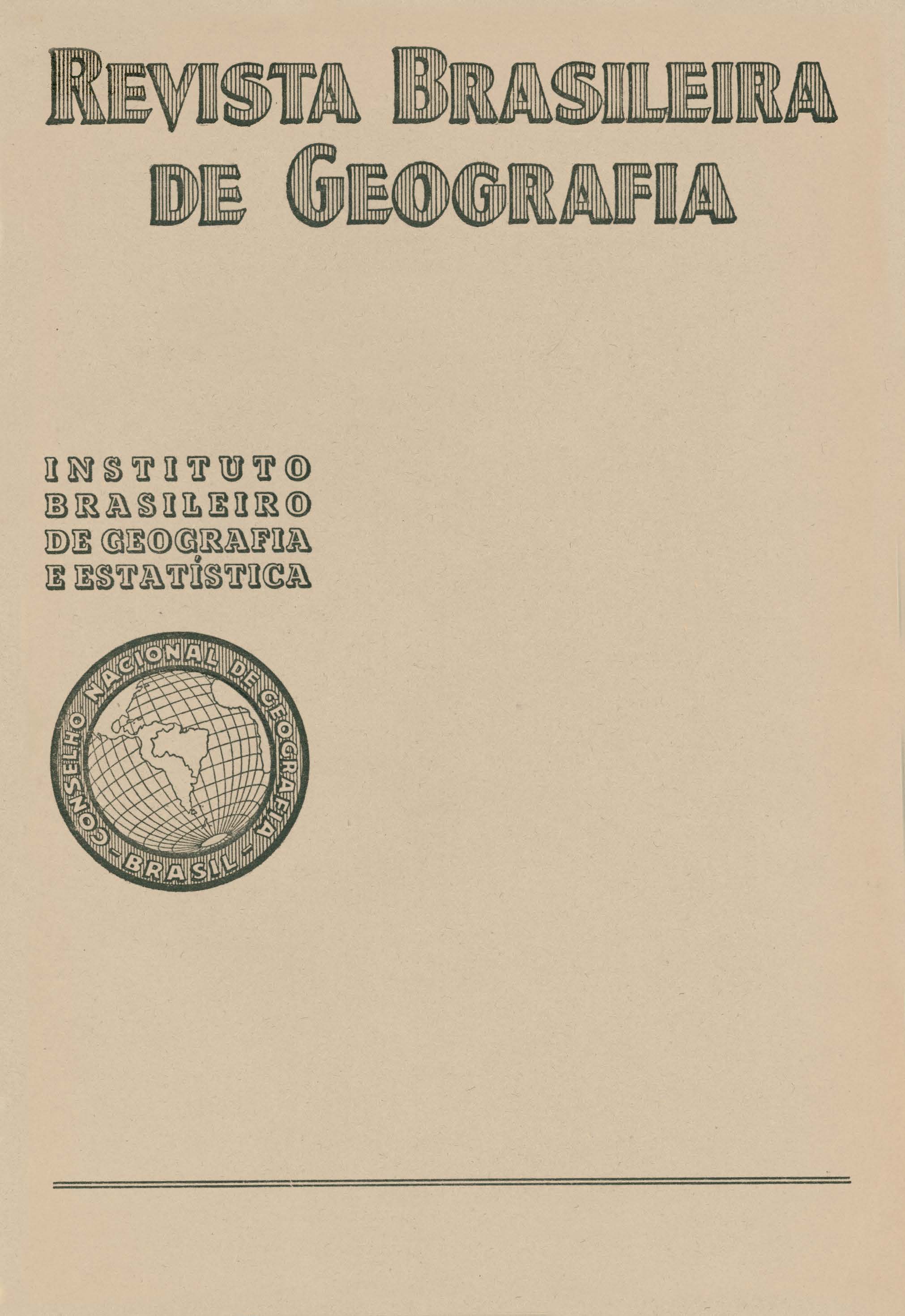A Ferrovia Corumbá-Santa Cruz de la Sierra
Resumo
In this article lieutenant-colonel LIMA FIGUEIREDO, member ·of the Editorial Committee of this journal analysis the Corumbá-Santa Cruz de La Sierra railroad which will make for another continental 'passage, - completing the connection Santos-Arica, - and will provide an outlet for the Bolivian west.
He gives a historical account of the attempts of several executives of the bordering country In order to bring about the connection of Santa Cruz with the Paraguay River, which is now materialized in this construction. · The sub-andine petroleum belt, one of the major goals of the railroad under consideration, is described according to the report of Engineer GLYCON DE PAIVA, technical adjunt to the Brazilian-Bolivan Joint Commission, established in November, 1936. Originating In northern Argentina the belt is 100 km" width; it enters Bolivian territory coarsely extending the meridian of Santa. _Cruz into this town; from thence it inflects north-westward through Bolivia and finally gets into Peru.
In an interesting chapter the author makes a physiographic sketch of the region. The "divortium-aquárium" of the River Plate and Amazon basins, the so-called Chiquitano plateau, is formed by the Sunsas, Santiago and San José ranges. The latter two run in the general direction of NNW and ESE, and at the region of contact they exhibit mount Chochis, considered to be the highest summit (1 400), in the neighborhood of which rise the San Lorenzo an the Chochis,. both tributarias of the superb Tucabaca, as well as the Aguas Calientes, the latter so named on account of its thermal waters (41°C). Sandstone strongly wrought on by erosion is the geological element of this group. The formation of dolomitic limestone extends from Corumbá. to Cerrito; thence marblish clay is dominant as far as Taquara and from this point to El Carmen huge sandy areas are to be seen as a production resulting from the wearing down of the neighboring elevations.
The region extending from the exterme west of San José ranges to the Rio Grande cut-off is called Monte Grande and :presents successions of lomas or undulatinos, and from Rio Grande to Santa Cruz endless sandy expanses prevail. Another noteworthy landform is Serra do Urucum rising higher than a thousand meters and resembling a true chain of mountain&.
The vegetation cover is a variety: ciliary forest; the vegetation type known as caatinga (scrub and thorn forest) in non-irrigated zones; prairie formations of unmistakable local shades peculiar to the vicinity of Santiago ranges, and, near Monte Chochis, a large spot of dense forest.
In dealing with the railroad plan, the development of which will cover 460 km, he supplies a detalled description of the route. Here the most dífficult stretch is that of Roboré-San Juan where the mountain has to be traversed. The course was planned by aerophotogrammetric surveys whose technical details are given.
He ends his interesting work by telling of the construction of 6 675m of line between the port of Ladário and Corumbá. with the purpose o carry material. And in this last statements on the present working conditions of this construction he augurs a quick termination of the railroad which is under the direction of Drs. Luis ALBERTO WHATELY, Brazil, and Juan Riberio Rorres, Bolivia.






